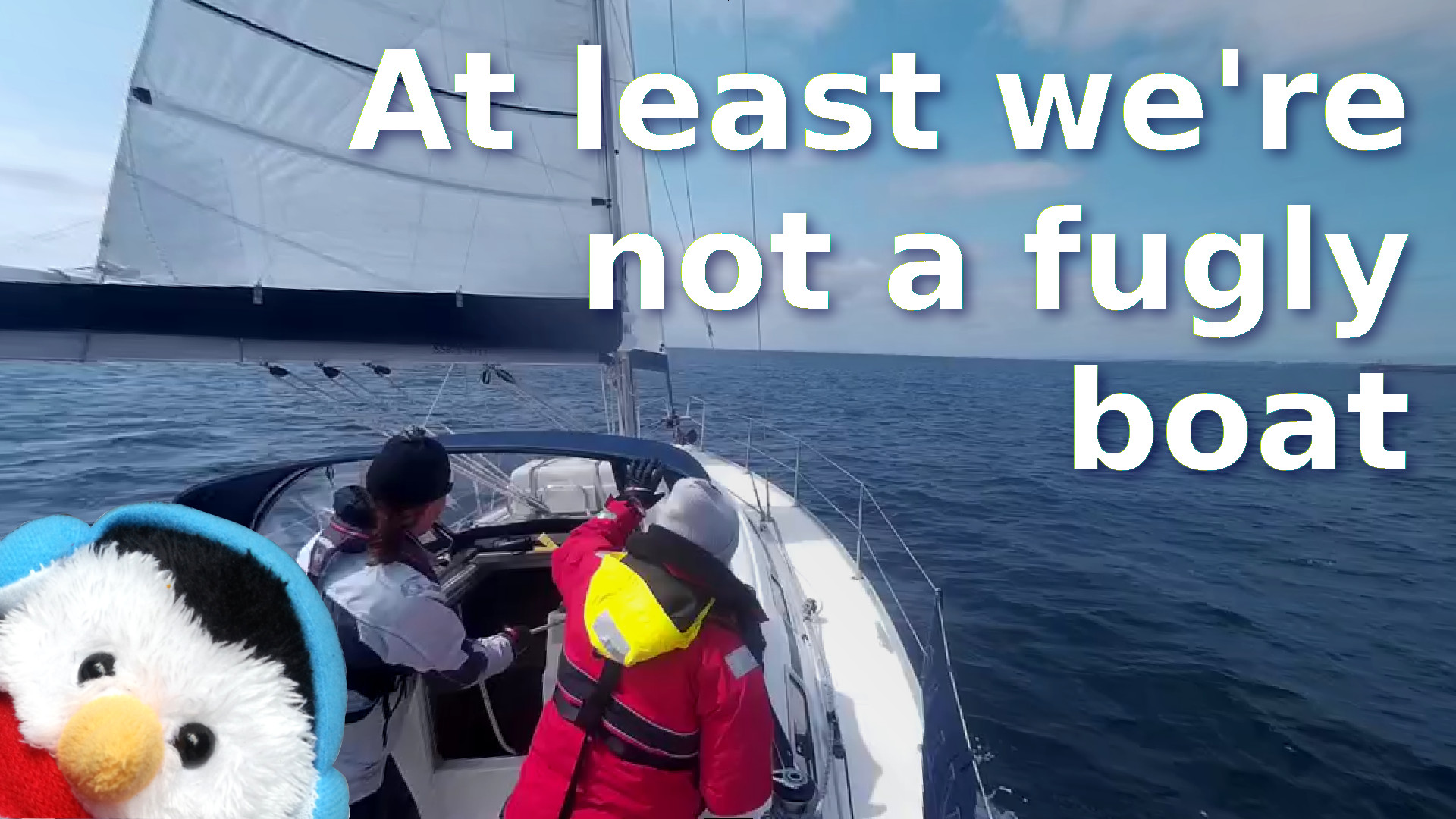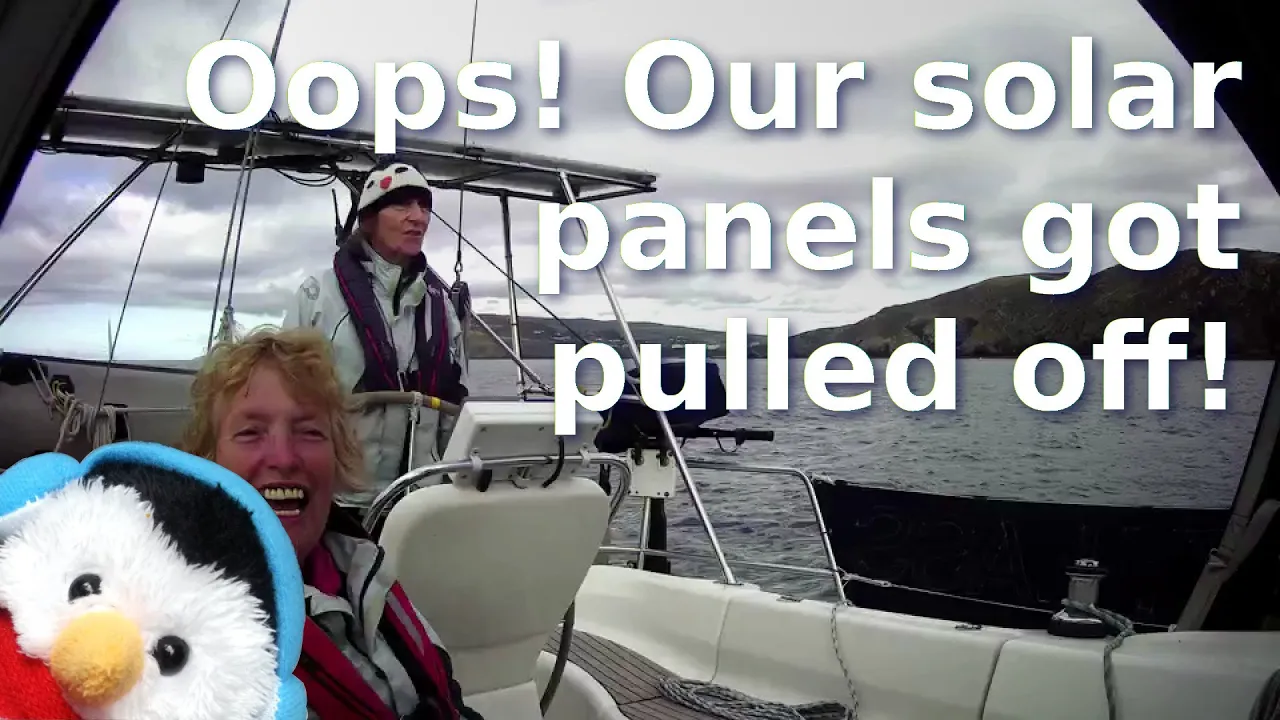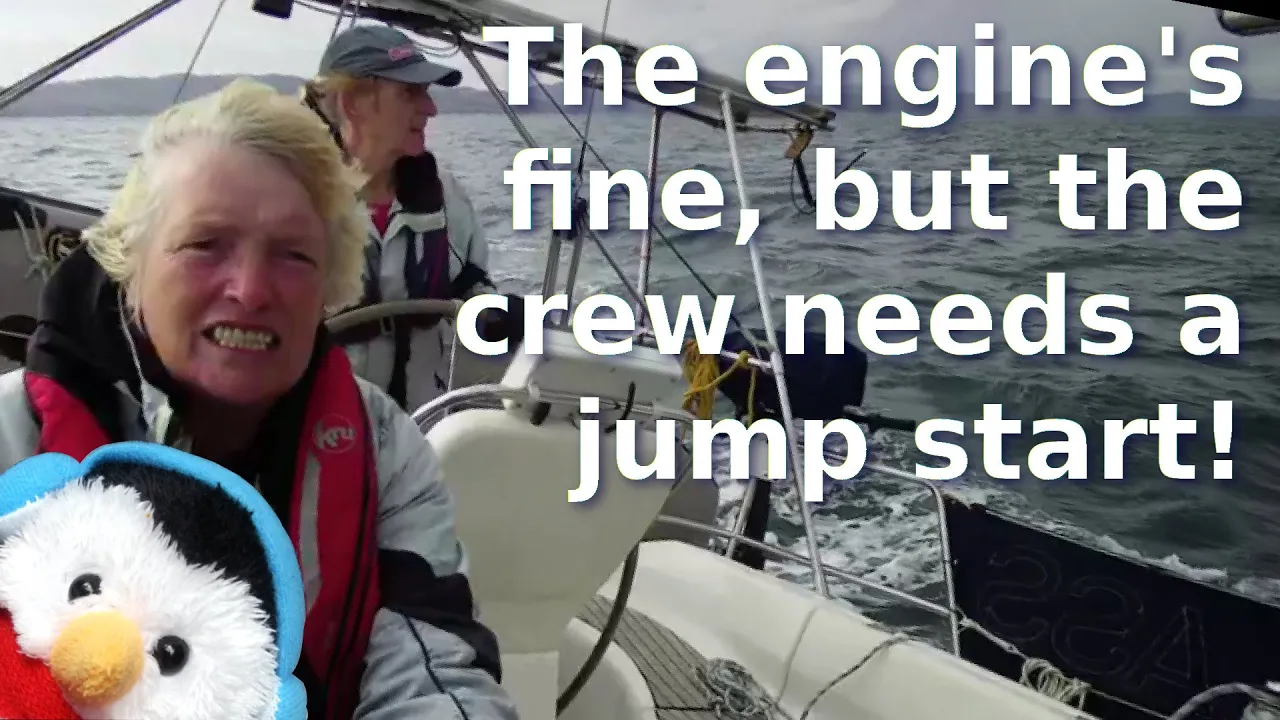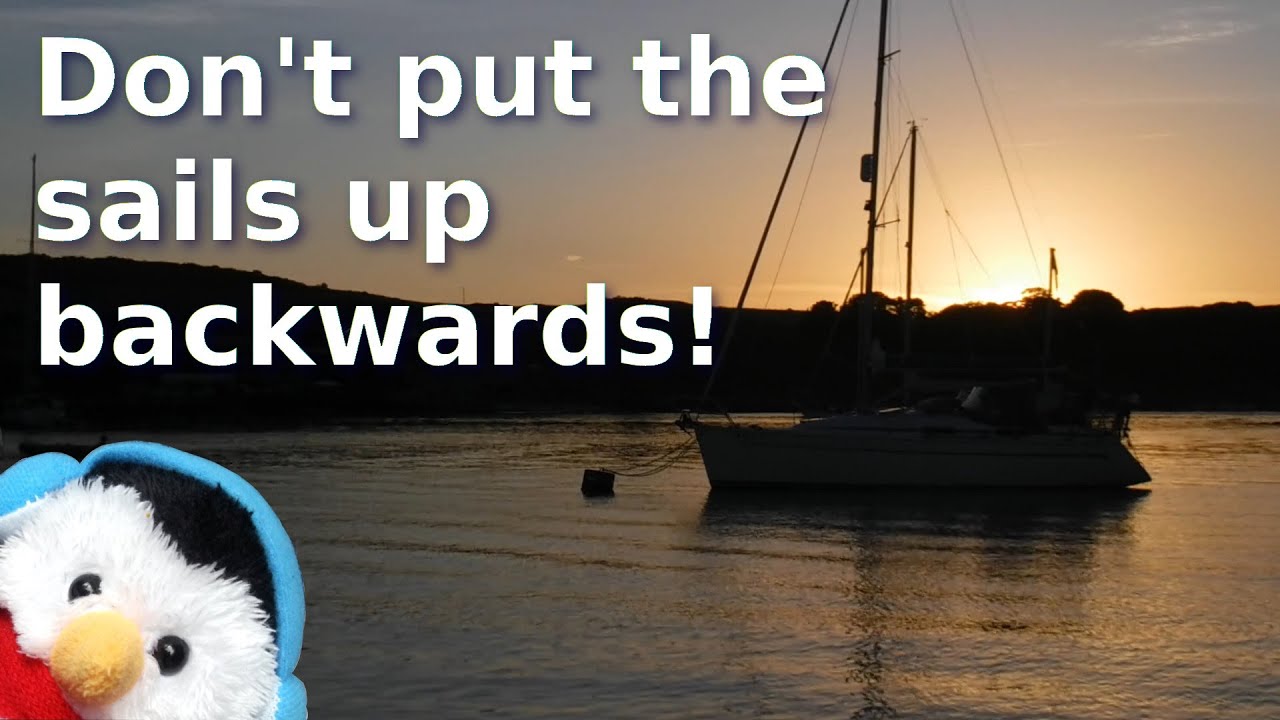Well the winter talks have begun and to kick the season off, we start with how we moor up to mooring buoys
Why moor, or What is wrong with marinas?
- Location - They might not be where you want to be, especially the small islands, where there are no marina
- Expensive - Marinas cost money and if you are tied up in a Marina then you are using up a lot of your cruising budget
Communicating, or We need to talk
Being able to communicate is of vital importance when you need to communicate between thr person picking up the mooring buoy and the person steering the boat, we have tried several method including
- Mobile phones in hands free mode - Yon can communicate really well between the various roles. There are lots of times when you are in remote areas where you have no coverage.
- Mobile radios - Can talk as normal. Having to press a switch to talk can be a pain especially when you have either a boat hook or the steering wheel in your hand, You also need to be disciplined with regard to keeping the batteries charged
- Hand signals - The coxswain just needs to watch the person on the front of the boat who is giving the hand signals to understand where the coxswain is to go. Not great at night or at dusk
Tools of the trade
On Salty Lass we use two different tools to pick up the mooring
- Boat hook - Use this to pick up a floating line or a mooring with a pick up buoy. Always go for the rope and never try for snagging the floating buoy by its handle. With a floating line you can sometimes be lucky and get your boat hook into the loop but going for the line behind the loop works because the boat hook stops travelling up the line just behind the loop
- Swifty - This is a special hook that you can use to snag a mooring ring on top of the buoy. With this you need to know how to use your sheet bends, as the initial rope that you use with Swifty is too thin, so you use that as part of a sheet bend knot to a thicker rope.
Mooring Balls up
We have made a lot of mistakes with moorings and here we share some of our mistakes, as they have taught us a lot
- Condition - Look at the condition of the moorings. Our rule of thumb is that if they are clean then we think that these are well maintained. However if the mooring tackle has a growth of muscles on it or other things like that, that take time to grow, then these moorings are not well maintained and should be treated with caution.
- Lee shore - Even with moorings try to pick ones that don't have a lee shore because if the mooring goes then you do not have the time to sort your self out. When it happened to us we put the engine on in idle, so that if the mooring went, we were skipping the engine starting routine.
- Depth under your keel - Make sure you have enough depth under the keel for your boat. This can be an even bigger issue when you have poor conditions and waves coming to where the moorings are.
- Tonnage - Make sure that the mooring ball has a tonnage in excess of your tonnage so that you know the ground tackle will be right for your boat
- Position - How you approach a mooring buoy is very important. The ideal line is in line, with the line that the mooring buoy and the pick up ball make, and with the pick up ball towards the boat. If there is no pick up ball or floating line that gives you a clue, then steer against the prevailing conditions, be they tide or wind. If you get it wrong like we have on occasion then you run the risk of damage occurring, like the time we nearly ran over the mooring line or the time we broke Swifty because we were steering with the tide rather than against it.













